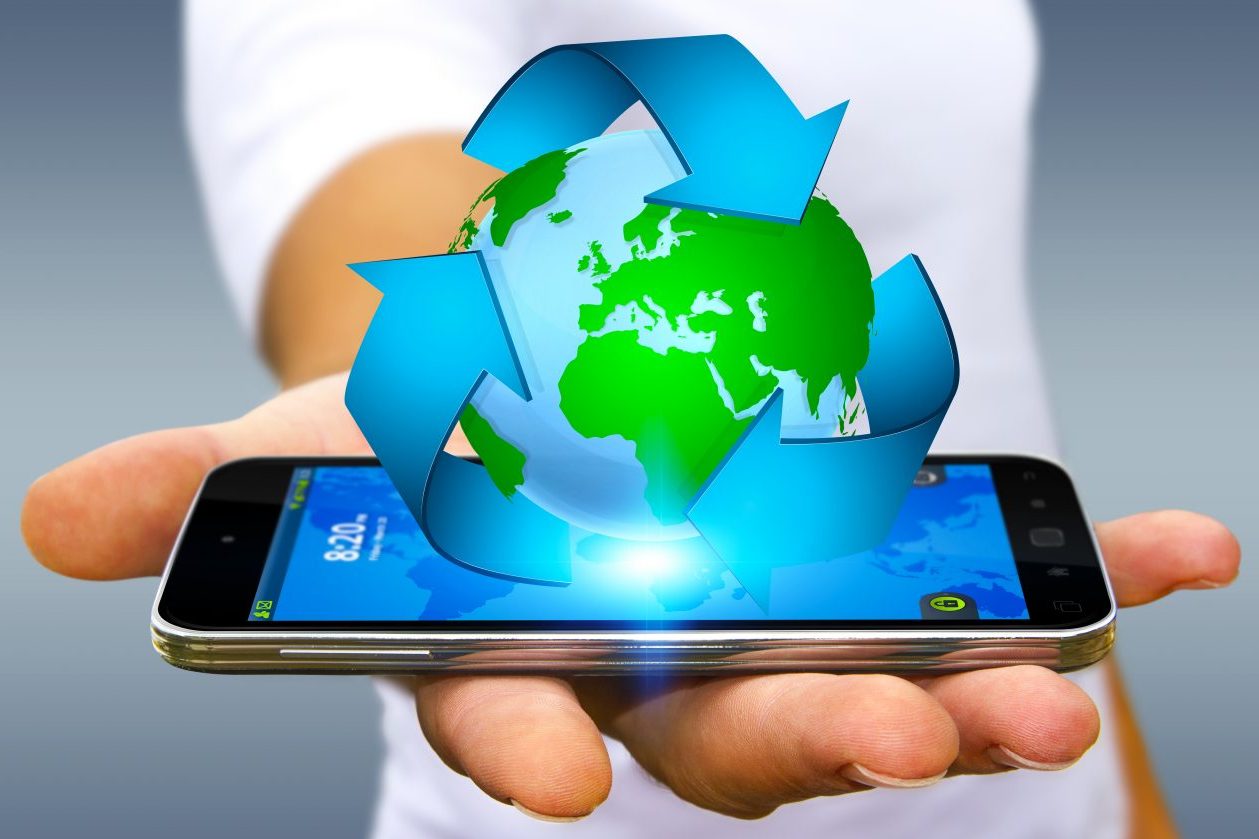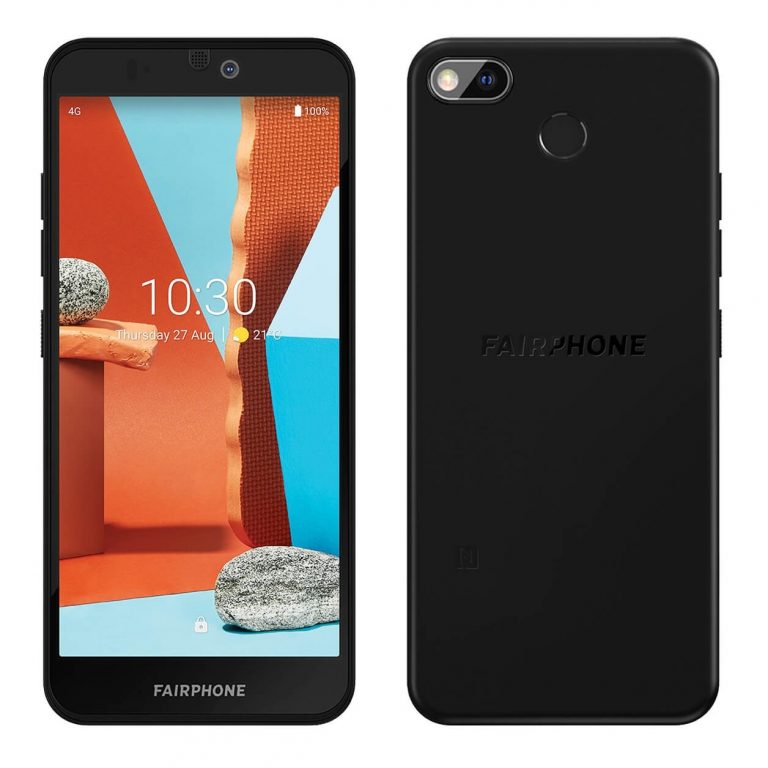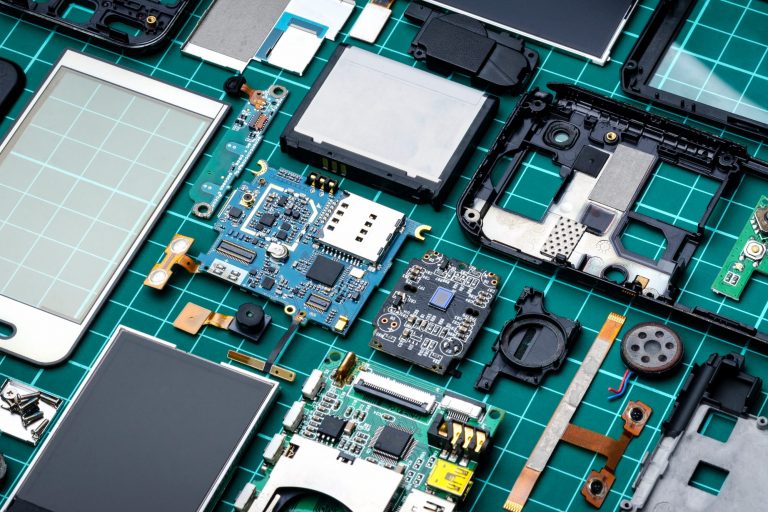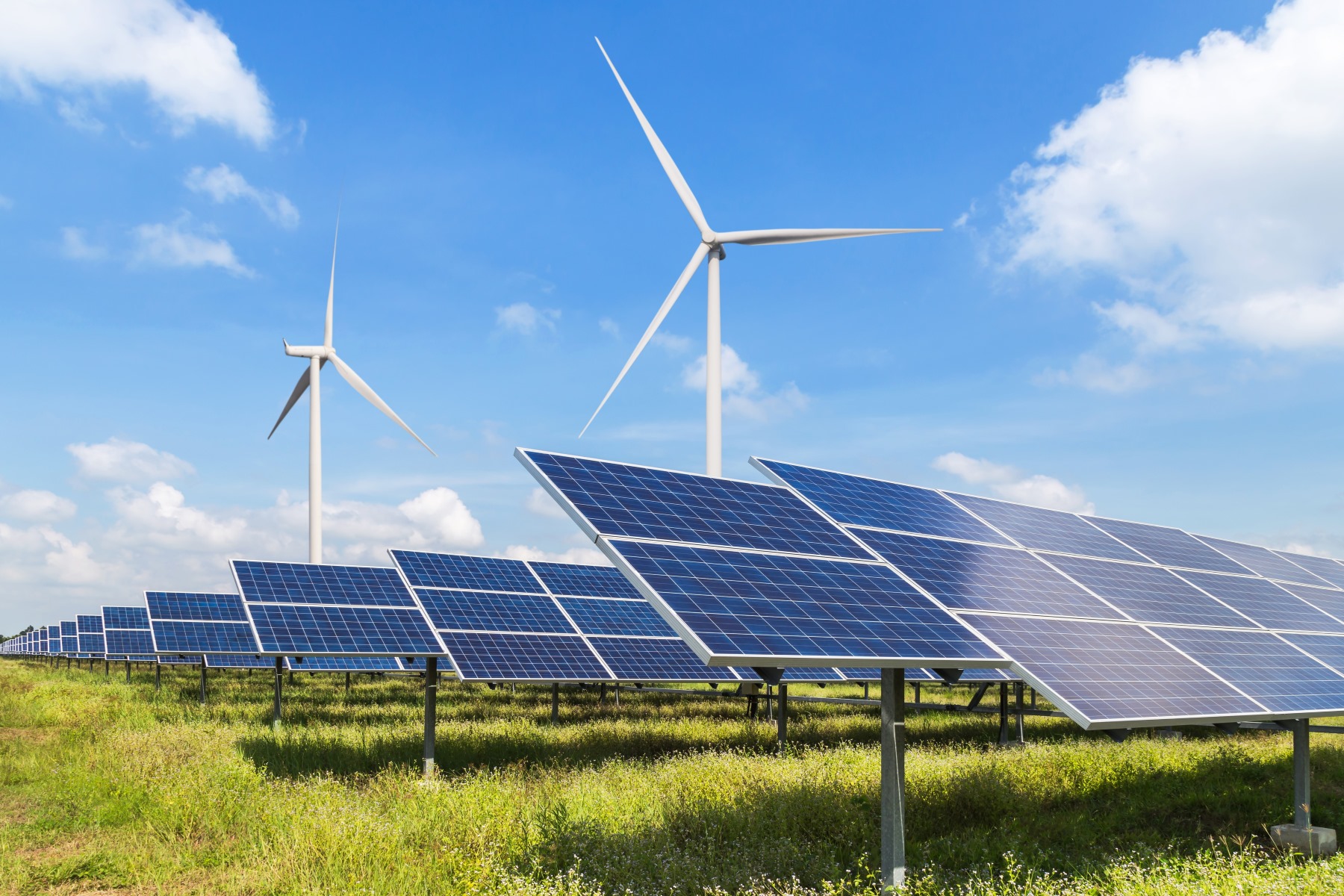
Smartphones contain metals and other materials that could be in increasingly short supply unless we recycle more.
Unwrapping and getting to grips with a new smartphone is so exciting that it’s easy to forget about your old one.
What should you do with it?
Those that are too old or damaged to be traded in or refurbished and donated to a worthwhile cause can be recycled. Because simply throwing them away would be a huge waste and environmentally damaging.
Every phone contains a treasure trove of precious metals and recyclable materials, many of which are non-renewable. This means they will eventually run out, unless we get better at recycling.
And some of these metals are mined by workers in current or former war zones, so their working conditions can be exploitative and dangerous. The extraction and subsequent processing of these conflict zone resources, as they’re known, into a form suitable for use in a smartphone can be environmentally damaging and energy intensive.
It therefore makes environmental, ethical and financial sense to recycle more.
What a smartphone is made of
Although the exact contents of each make of phone will vary, these major elements are common to most.
Aluminium and glass – both are often used in the casings of many smartphones, especially more expensive models. Glass is, of course, also used on almost all smartphone screens.
Plastic – commonly found in speakers and often used in the casings of cheaper smartphones.
Cobalt and lithium – batteries wouldn’t work without these two metals. Cobalt is also sometimes used as a protective coating on microscopic copper wires. Usable cobalt is only found on earth as part of copper or nickel ores though, from which it must be extracted. The difficulty in mining and extracting cobalt, along with high demand for it, makes it especially valuable.
Copper – as copper conducts electricity, it is found on motherboards, in ‘wireless’ charging coils and in charging plugs.
Tin – because of its anti-corrosive properties, tin is used as solder to bind microchips and other components to the smartphone’s motherboard. Tin has almost entirely replaced lead in consumer electronics as solder, as it’s far less toxic. Tin is also often found in magnets and corrosion-resistant coatings.
Gold and tantalum – both are highly valued for their efficiency at conducting electricity and resistance to corrosion and tarnishing. Tantalum is essential as it is used in the capacitors and resistors on a phone’s motherboard to regulate the flow of electricity.
Tungsten – an extremely durable material, tungsten is used to protect electrical contacts as well as to make lighting filaments and vibration motors.
How to recycle a smartphone
In an average year, approximately 94% of the smartphones returned to Vodafone will be refurbished and resold as second-hand units. Vodafone sends the rest to its accredited specialist partners for recycling.
Smartphones should be dismantled into their constituent components before recycling, as opposed to simply shredding them to small pieces, as this increases the amount of extracted material that can be reused.
This disassembly work is usually done by hand, although some smartphone manufacturers are developing robots that can do the job. The level of disassembly required will vary depending on the design of the handset.
Some smartphones are designed with this in mind, such as the Fairphone 3, which is very easy to dismantle.

At the very least, batteries must be disassembled – not just to separate the control chips and wiring from the power cells, but also because it is essential for safety reasons. If punctured or otherwise seriously damaged, the power cells in a battery can explode or catch fire.
Once dismantled, the various smartphone components are fed into furnaces where the precise application of high heat separates individual materials from one another. Different types of furnaces are used to reclaim different materials.
“While furnaces do of course use energy, it is still less than the energy required to mine and refine raw materials out of the ground,” explains Tirza Voss, Fairphone’s Sustainable Materials & Mining Manager.
“Plus, when equipped with the proper filtration and cleaning systems, they shouldn’t emit any pollutants either.”
The amount of reusable material that be recovered from any given smartphone greatly depends on the design of that phone, whether it is shredded or dismantled before recycling, and the type of furnace used.

Credits: Shutterstock
It’s also important to bear in mind that no recycling process is 100% efficient, with some material either reduced to slag during the reclamation process or reclaimed in a state too impure for reuse. In the best-case scenarios, approximately 80%-98% of the gold, copper, cobalt and tin in a smartphone can be successfully reclaimed for reuse.
Plastics are difficult to recover and are most often used as fuel for the furnaces instead.
Approximately 80%-98% of the gold, copper, cobalt and tin in a smartphone can be successfully reclaimed for reuse
Tungsten and tantalum are the most difficult materials to recover. Some recent smartphones have been designed to make tungsten reasonably easy to recover, once their time is up. Better recycling techniques need to be developed in order to recover usable tantalum.
Circling back
Although current recycling technologies and processes aren’t perfect, they can clearly reclaim significant amounts of valuable material from old smartphones for reuse in new devices.
One of the most pressing issues isn’t technology though, but awareness and willingness.
As Vodafone Group’s Joakim Reiter explains, just 17.4% of all electronic waste (or e-waste) is currently collected and recycled. To date, an estimated $57bn (£44bn) worth of gold, copper and other recoverable materials are simply dumped or burned rather than recycled.
But it doesn’t have to be this way.
If smartphones can’t be refurbished and reused, they should be recycled, creating a virtuous cycle. A completely ‘circular’ economy, where new devices are made from old ones rather than materials mined out of the earth, is the ultimate aim.
The first step to that greener future starts with dropping off your old smartphone for recycling at your local Vodafone UK store, rather than throwing it away.
- Follow @VodafoneUKNews on Twitter.




![Nicki-Lead_image[OPTIMISED]](https://www.vodafone.co.uk/newscentre/app/uploads/2023/10/Nicki-Lead_imageOPTIMISED.jpg)

![White smartphone with screen from green leaves[Adobe Stock]](https://www.vodafone.co.uk/newscentre/app/uploads/2024/04/White-smartphone-with-screen-from-green-leavesAdobe-Stock.jpg)

![Falling Dripping Water Drop[Adobe Stock] Falling Dripping Water Drop[Adobe Stock]](https://www.vodafone.co.uk/newscentre/app/uploads/2024/04/Falling-Dripping-Water-DropAdobe-Stock.jpg)
![1-happy woman with cleaning agent and phone[Adobe Stock] stock image of a woman using a smartphone while wearing rubber kitchen gloves and holding a spray bottle](https://www.vodafone.co.uk/newscentre/app/uploads/2024/04/1-happy-woman-with-cleaning-agent-and-phoneAdobe-Stock.jpg)